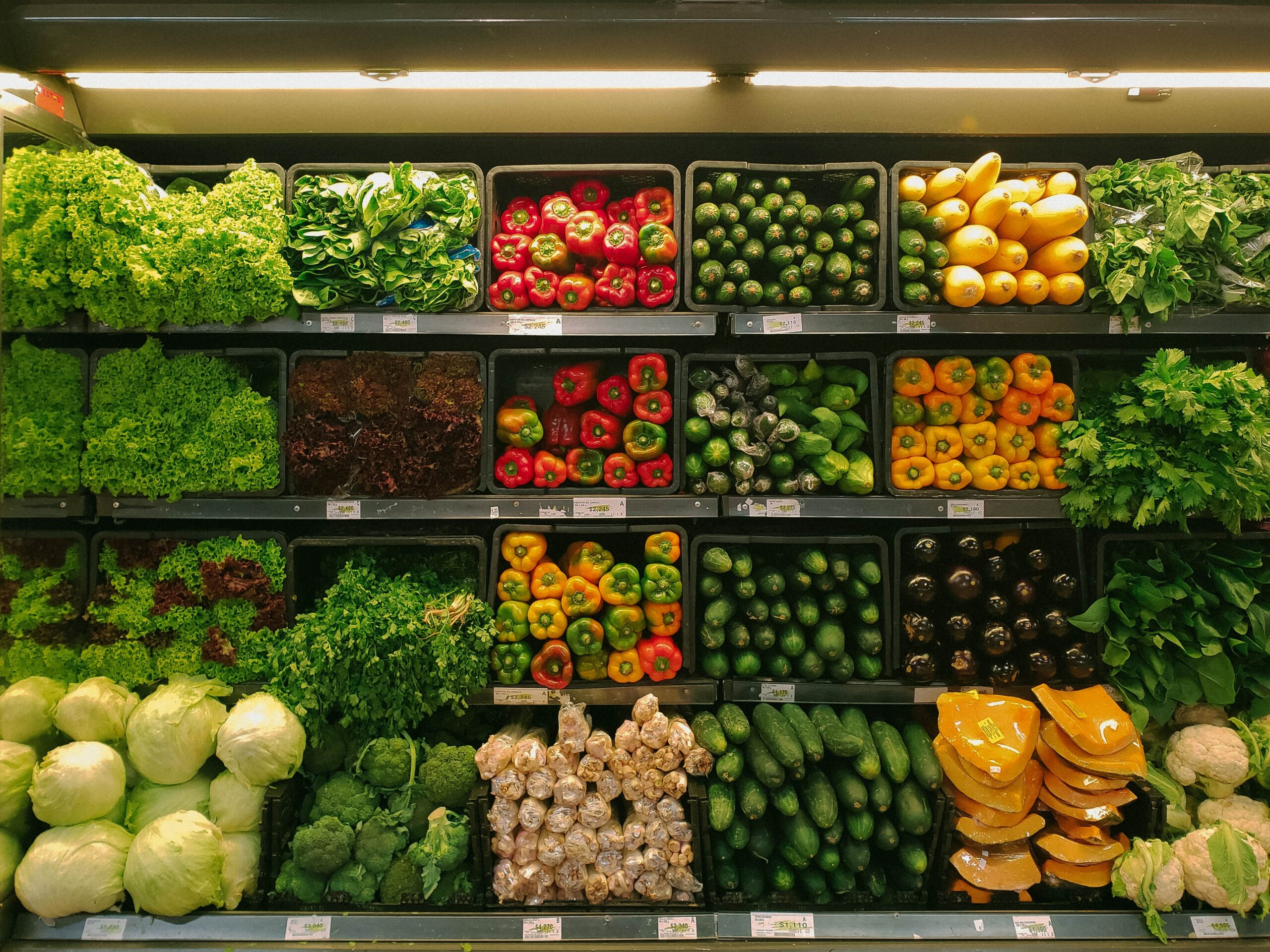Two recent reports from the Center for American Progress (CAP) explore the contributions immigrants and refugees make in our communities and local economies – including Syrians and Somalians, two groups targeted by President Trump’s executive order – and find high levels of economic participation.
Many Syrian Immigrants Are Building Lives in Kentucky
According to CAP, among states Kentucky resettled the 16th most Syrian refugees between January 2014 and December 2016 (Kentucky has the 26th largest population of all states). Since the crisis began in 2011, Kentucky has resettled 450 Syrian refugees according to the lengthy vetting process that is already required by federal law.
Using Census data, CAP explores Syrian immigrants’ integration into American communities and finds that they are well-educated, have good-paying jobs and are more likely than native-born residents to own businesses. They are eventually likely to speak English very well, own their homes and become naturalized citizens. Of particular note:
- 11 percent of Syrian immigrants in the U.S. labor force own businesses, compared to 4 percent of all immigrants and 3 percent of native-born residents.
- Syrian business earnings are also higher than U.S-born business owners’: $72,000 on average compared to $51,000, respectively.
- 9 out of 10 Syrian immigrants eventually become naturalized U.S. citizens.
In addition to building strong ties in their local communities and economies, more established Syrian immigrants can serve as an essential part of the receiving community for more recent Syrian refugees.
Evidence from Four Large Refugee Groups Suggests Large-Scale Integration and Contribution
Another report from CAP analyzes Census data on select refugee groups including Somalis and finds similarly high levels of integration into our local communities and economies. Kentucky and some of our metro areas rank high among states and cities for our large resettled share of refugees from these countries, with the 14th largest Somali population in the nation residing in Louisville and the 7th largest community of all 4 groups (including Somali as well as Burmese, Hmong and Bosnian refugees) as a share of immigrants in Bowling Green.
Refugees from these 4 groups comprise 20 percent of all refugees who have resettled in the U.S. over the last 3 decades. Their high rates of employment, business and home ownership, educational attainment, and eventual English proficiency and naturalization suggest that refugees as a whole do well in the U.S.
The President’s Executive Order Disrupts Resettlement and Integration
President Trump’s executive order bans refugee admissions from all countries for 120 days, but from Syria indefinitely. Counting refugees from all countries of origin, Kentucky resettles more than twice the national average. Kentucky Refugee Ministries (KRM) previously anticipated that Kentucky would resettle an estimated 2,000 refugees in 2017, and it is unclear how the executive order will ultimately reduce this number. Just this week, 45 refugees were prevented from traveling to Louisville alone.
The order also bans travel from a list of seven countries including Somalia to the U.S. for 90 days. KRM reports that since 2011, Kentucky has resettled 4,000 refugees from Iraq, Iran, Somalia, Sudan and Syria, five of the seven countries under the travel ban (Libya and Yemen are also targeted).
In addition to preventing refugees from making their way to a new and safer home in Kentucky, these actions preclude refugees’ contributions to our communities and economy. And local support for refugees – the voluntarism and philanthropy their resettlement prompts among families, faith and community groups – also creates valuable social capital in Kentucky.



